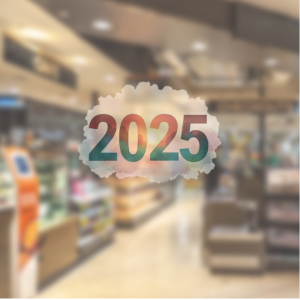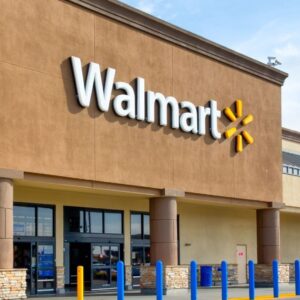
Insights
Frictionless Stores are Fast Becoming a Necessity
While the notion of absolute brand loyalty is the ideal that all brands must target in consumer relationships, studies show that 62% of consumers transfer expectations from their brand experience across industries. Whether you’re a merchant or supplier, this means that the brand that you advocate for is competing not only within your vertical, but with all brands your consumer experiences.
Kevin Struthers, Digital Commerce Lead at W. Capra, elaborates, “When consumers develop a want or a need for a good or a service, they ask themselves a question: what’s the quickest and easiest way to obtain it? Your brand experience must be flexible and efficient enough to ensure you gain inclusion in your consumer’s consideration set.”
Doing the Math on Frictionless
Frictionless capability, a concept first introduced to major markets by Amazon Go, has introduced a potential inlet to the consumer’s calculation of how and where to shop. Consumers who experience a cashless, cashier-less, experience in grocery may transfer these expectations to other retail shopping experiences.
For example, many QSRs have introduced multi-lane drive-thru’s as a result of the pandemic; Panera in particular has implemented an express lane dedicated to digital purchases. According to Struthers, despite their disparity in industries, convenience store marketers are now competing with this express drive-thru experience: “Compare this experience with going into the store and self-serving coffee and waiting in line. Will I opt for low friction, or will I cruise out of the forecourt and go to the express lane at Panera for my coffee?”
The Path to Delivery
For both merchants and suppliers, there’s a tendency to think of these large-scale technology changes as long-term roadmap items. However, it’s essential to understand that however low-friction experiences manifest (machine vision, sensors, etc.), the time from filing patents to operationalizing of late has been historically short for retail technology.
Struthers advises firms to be cognizant of the rapid pace of consumers’ shifting expectations and technological advances, while at the same time remaining strategic regarding a plan for low-friction solutions. “The means through which you deliver an experience to an urban consumer base who walks downtown for their lunch-break will vary significantly from the way that you deliver to a suburban audience who tends to travel more by car,” advises Struthers. “The onus is upon each individual brand to understand, and then prioritize, its opportunities for delivery.”
The Competition is Always Working
It’s clear that the physical retail experience is rapidly changing. The concept of consumer loyalty is rapidly changing as well, with 46% of consumers switching brands or making purchases with a new retailer during the pandemic. If you’re a merchant, you need to be acting now to ensure that your experience is one that draws consumers to your sites. If you’re a vendor, then you need to understand how your solution fits into the frictionless ecosystem if you plan to compete in the world of tomorrow. For both merchants and vendors, maintaining a holistic perspective of the rapidly evolving solutions, including disruptors and informed insights into how the market is changing, is vital. Kevin Struthers assists W. Capra’s client base in surmounting all challenges related to digital commerce. To leverage W. Capra’s awareness of the market’s rapid changes, ecosystem impacts, and how solutions can be architected across the span of payments, loyalty and digital interactions to ensure cross-vertical relevancy, contact Kevin at kstruthers@wcapra.com.
Related Insights
CSP Magazine – What C-Store Retailers Need to Do to Succeed in 2025
This article, by W. Capra’s Tom Newbould as a guest author, was published in the February 2025 edition of CSP […]
Prepping for the End of Year, Holidays, and 2025
As each year ends, merchants are forced to deal with the scramble related to holiday season sales and offers which […]
Is Walmart’s Real-Time Payments Offer Going to be a Market Mover?
It was recently announced that Walmart will be working with Fiserv to implement real-time payments for their customers using Fiserv’s […]
Visa Sued for Monopolizing Debit Markets
While the ghost of the “Credit Card Competition Act of 2023” still lurks in Congress, the US government furthered […]
Want to stay in touch? Subscribe to the Newsletter










